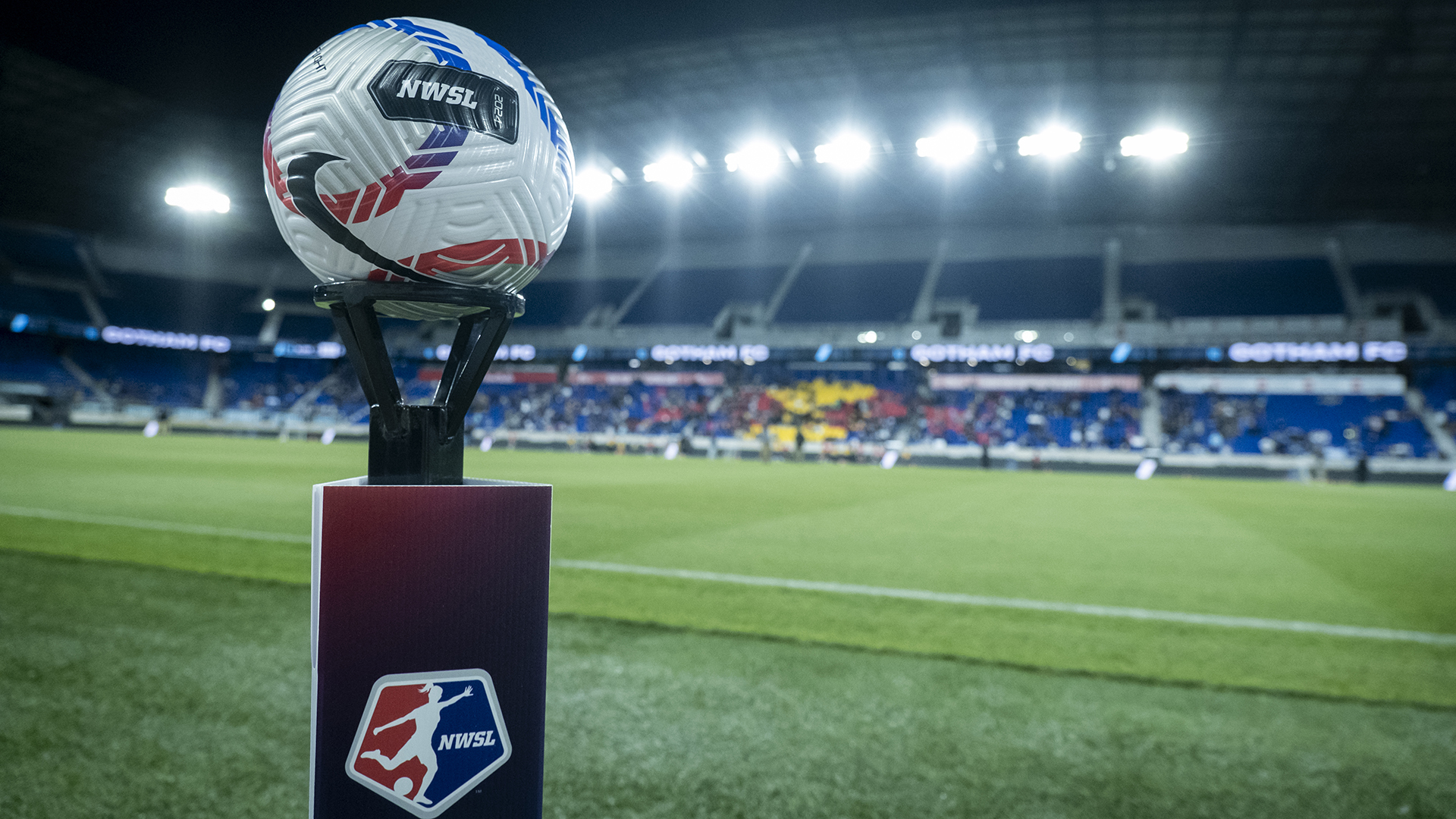Despite having a collective bargaining agreement in place through the 2026 NWSL season, the league and the NWSL Players Association have agreed on a new deal that not only radically changes the top women's soccer league in the United States, but which could also serve as a model for further upheaval throughout American sports. As reported by Tom Kludt of Vanity Fair, the new CBA does away with the player draft, moving the league closer to the European soccer model deployed by the leagues with which the NWSL is in fiercer competition than ever.
Under the new deal, which now runs through 2030, players will be able to court offers from any and all NWSL teams and choose which one they want to sign with. Additionally, mirroring how transfers work in Europe, trades will now require the consent of the moving players. To top it off, all contracts in the league will be fully guaranteed, and players will become free agents once they are out of contract, no matter their service time; previously, players had to accrue five years before reaching free agency.
This is a massive shift to how the league operates, and it comes at a key time for both domestic soccer in the U.S. and the USWNT. Though the national team won its fifth Olympic medal earlier this month, the wounds of last summer's World Cup—in which the Americans were knocked out in the round of 16, their worst-ever finish—were deeper than a gold medal itself could heal. As Kludt reports, last summer the league and players realized that the U.S. was at risk of falling behind Europe's rising powers. The move to nix the draft, in favor of more targeted player signings and movement, will empower the players and make sure that there are better fits between player and team when it comes to playing style, development, and lifestyle.
The new deal also includes a revamp of the league's salary cap, whose existence is one of the few remaining differences between the NWSL and European leagues. Revenue from sponsorships and media rights will directly increase the salary cap, while teams will have a salary floor to hit. Award compensation has also grown exponentially under the new deal, and minimum salaries will almost double, to $82,500, by the end of the deal, per ESPN. In theory, all of this should raise spending on player salaries throughout the league, which will not just improve current players' situations, but also allow the league to attract even more foreign talent as it seeks to realize its potential to be the best and strongest league in the world.
Aside from the tangible effects on the NWSL itself, this re-shuffling of player movement could also serve as a model for other sports leagues in America, all of which still use the draft. As the most directly analogous league, MLS should probably follow the NWSL's lead and look to adopt a similar structure, especially now that the MLS draft is already losing importance thanks to the homegrown player rule. More radically, could one of the major men's sports leagues, such as the NBA or the NFL, adopt this model? The leagues themselves would likely remain staunchly against it, given how committed both leagues are to the idea of parity and maintaining control of player movement. Still, though, it's not hard to imagine the players associations in those leagues seeing the freedom available to new players in the NWSL and at the very least thinking about bringing the topic up in their own CBA negotiations.
The NWSL is coming off a $240 million media rights deal with CBS, ESPN, Amazon, and Scripps, signed last fall, and the league's expansion plans include adding two more teams in the near future. With this changing landscape, and the strides made in leagues like Spain's Liga F and especially England's Women's Super League, it made sense for both the NWSL and its players to revolutionize the way it does business to help ensure that the best women's soccer in the world is still played in the U.S.






